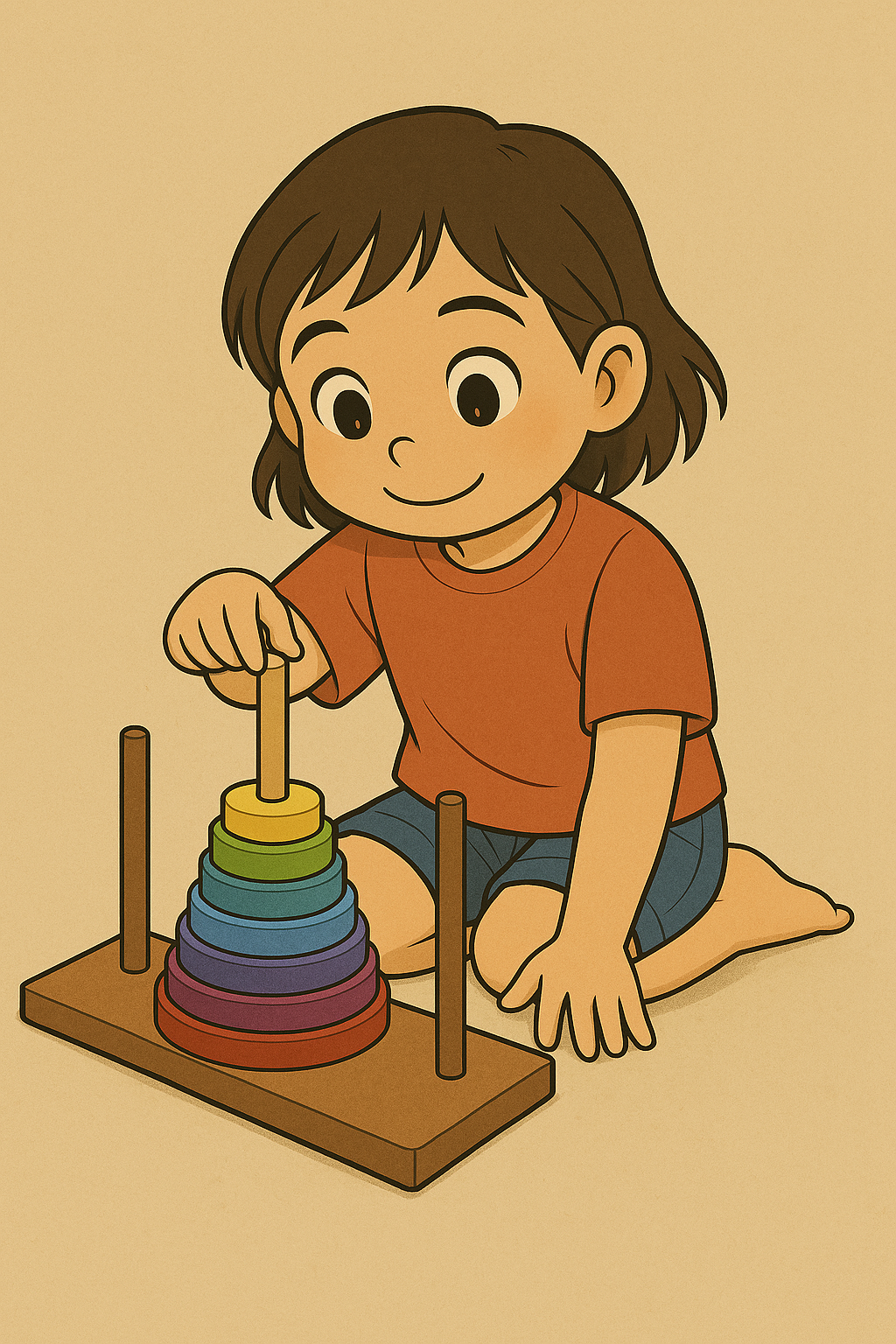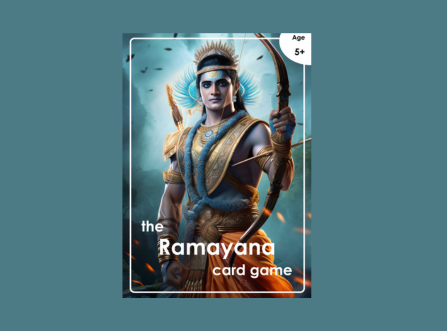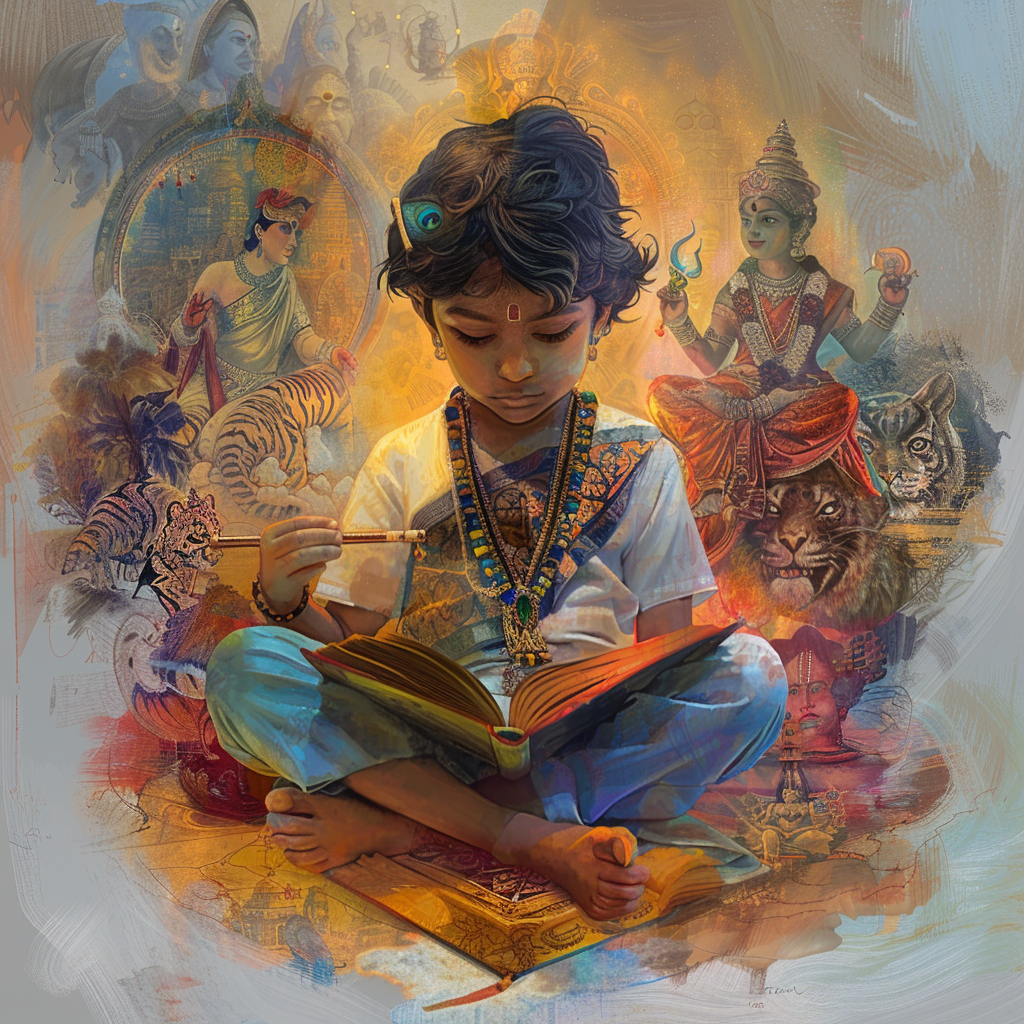Introduction: Understanding Your Bramhastambh Set
Welcome to Bramhastambh, a game of logic, patience, and strategy inspired by ancient legends!
Before we begin, let’s get familiar with all the components in your Bramhastambh set:

Your set includes:
- 3 Wooden Towers: Each tower has a screw at the bottom to attach it securely.
- 9 Wooden Discs: These are of varying sizes, forming a neat pile when arranged correctly.
- 1 Wooden Base Board: This is where you will screw in the towers to set up the game.
- 1 Wooden Carry Box: To neatly store your Bramhastambh when not in use.
Setting Up the Bramhastambh
Step 1: Attach the Towers
- Take the 3 towers and align them with the holes on the wooden board.
- Screw them in securely so they stand upright.

Step 2: Arrange the Discs
- Stack all 9 discs on the leftmost tower, starting with the largest disc at the bottom and the smallest at the top.

How to Play Bramhastambh
The goal is simple yet challenging:
👉 Move the entire stack of discs from the leftmost tower to the rightmost tower, following these sacred rules:
1️⃣ Move Only One Disc at a Time
You can only pick the top disc from any tower and place it on another tower.
2️⃣ Never Place a Larger Disc on a Smaller Disc
A bigger disc cannot sit on top of a smaller one. Always ensure smaller discs are on top.
Start Easy, Master Slowly
For kids and beginners:
- Begin with just 3 discs to understand the logic.
- Once mastered, add one more disc each time to increase the difficulty.
- The more discs you add, the more challenging and fun it becomes!
Challenge your mind and see how many discs you can master!
🏆 Bramhastambh Challenge: Can You Beat the World Record?
Bramhastambh isn’t just a game—it’s a global test of logic, speed, and precision. Think you have what it takes to be the fastest?
🌟 Official World Record to Beat:
- 6 Discs Record: ⏱️ 23.02 seconds
Achieved by Keita Hattori in Musashino, Tokyo, Japan on 24 October 2024
Guinness World Records – Fastest time to solve a 6 level Tower of Hanoi
🎯 Your Mission:
- Start with 3 discs to grasp the mechanics.
- Gradually increase the number of discs as you improve.
- Time yourself and aim to beat the world record!
💡 Pro Tip: The minimum number of moves required to solve the puzzle is calculated by the formula:
Minimum Moves = 2ⁿ – 1, where n is the number of discs.
🏁 Ready to accept the challenge?
Practice diligently, refine your strategy, and perhaps you’ll set the next world record!





















